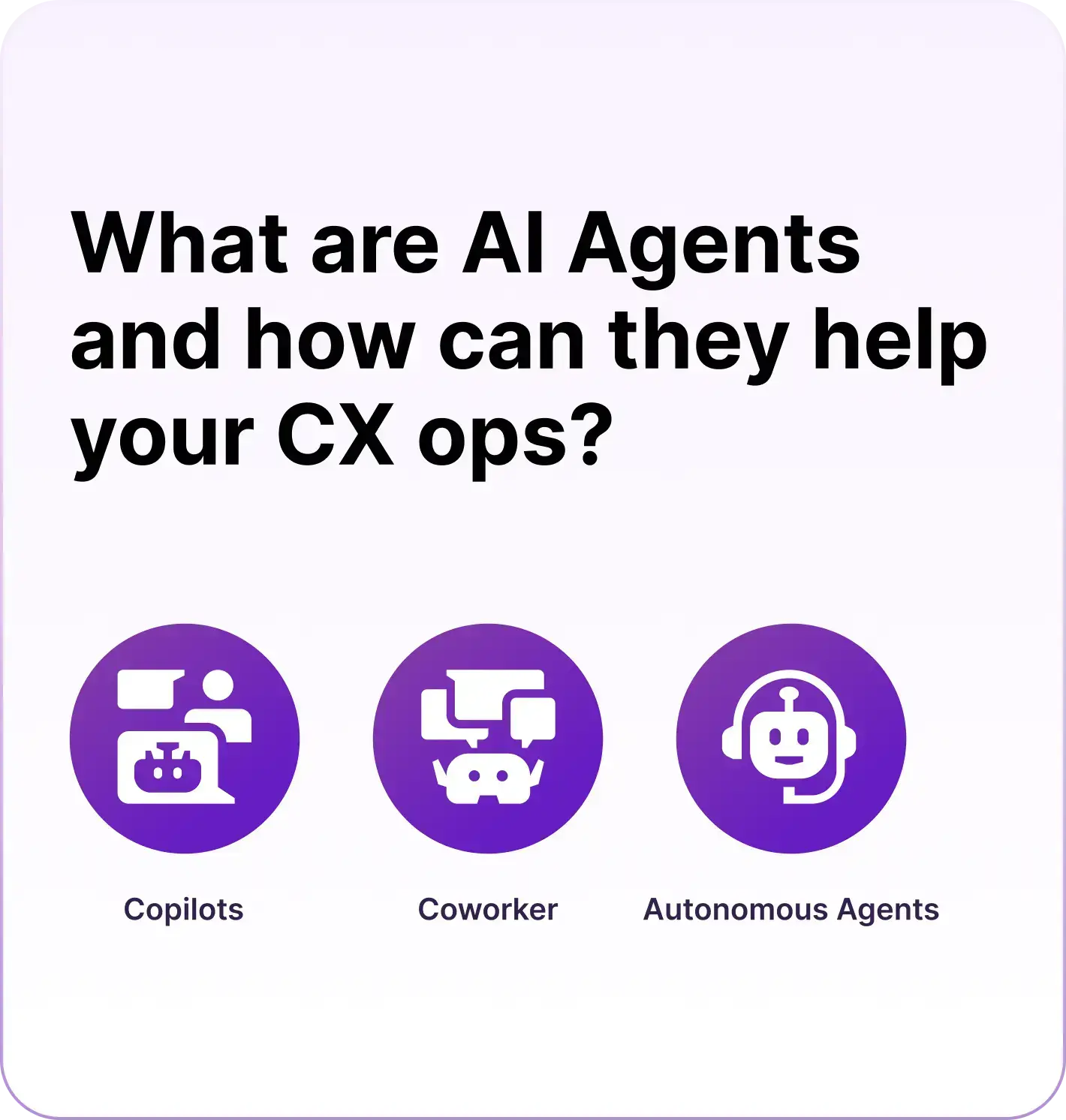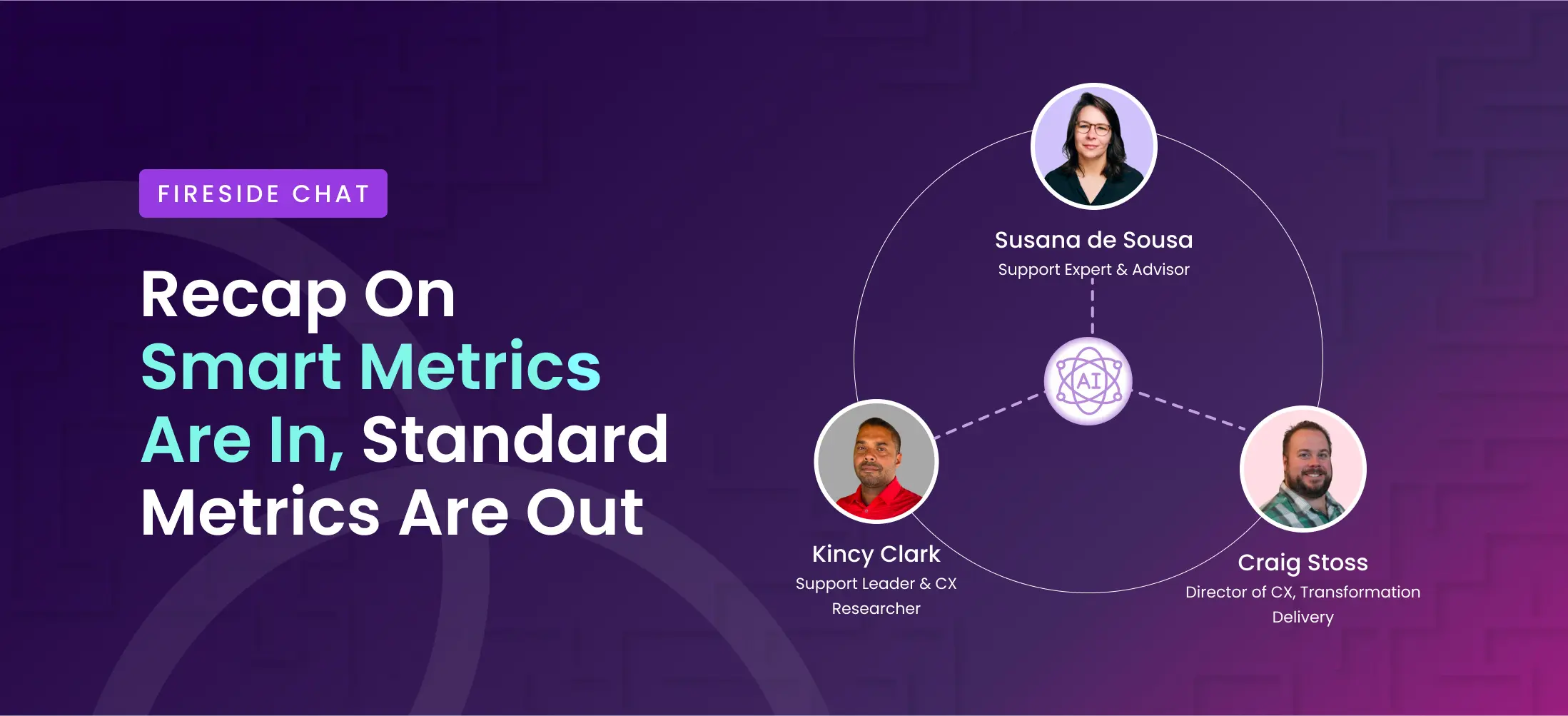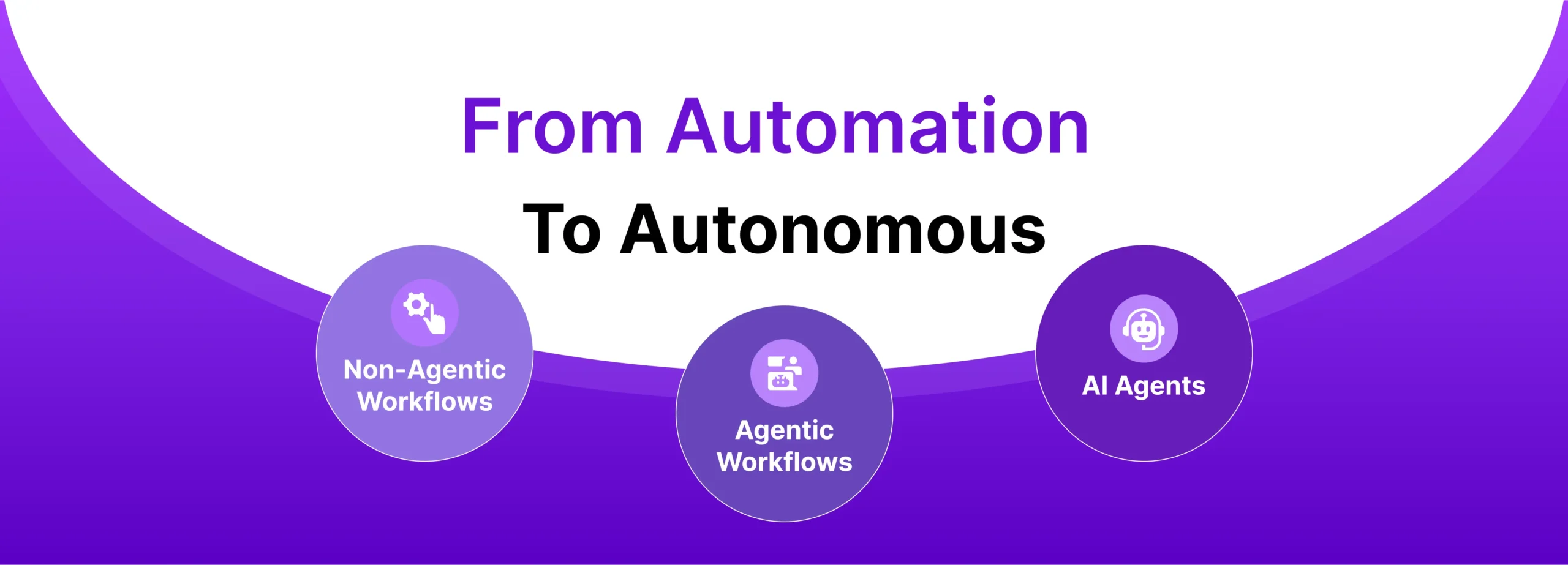This blog on Smart Metrics For Customer Support is a recap from TheLoops Fireside chat conversation. The chat featured Craig Stoss, Director of CX Transformation at PartnerHero, Susana de Sousa, previously Head of Support at OpenPhone | Ex-Loom | Ex-Airbnb, and Kincy Clark, Support Leader + CX Researcher | Ex-TIBCO | Ex-Bolt. Link to the full session on smart metrics here to view it on-demand.
Customer Support and CX leaders are experiencing a rapid pace of transformation. The adoption of AI has made this an exciting and unique time to oversee a post-sales team, but that doesn’t mean the intensity or pressure of these roles has subsided.
On the one hand, you are being called to shift the historical perception of Support and CX as a cost center to the new, emerging role of CX as a competitive growth driver. While this is good news, conveying Support’s value is still a challenge for many teams.
Why? Because the previous KPIs and methods of reporting on Support’s impact and outcomes are still largely based on operational metrics. A recent report from Gartner on customer support metrics also adds that, “many of the metrics in a service and support leader’s toolkit no longer add value, with leaders struggling to demonstrate the value of the function and justify their budget and headcount with them.”
In order to have a seat at the table with stakeholders like Finance, the C-Suite and to shape the CX strategy moving forward, a mindset shift must occur and reporting must evolve.

As this diagram from Gartner depicts, Support Leaders must transcend from reporting on their team and rep’s performance to strategic metrics aligned with business objectives.
So, What Should Support Leaders Report on Instead?
Now that we’ve identified that the traditional language of Support performance doesn’t always translate to the domain of strategic business outcomes, the question becomes: what should leaders talk to and report on instead?
Enter smart metrics for customer support. As their name implies, smart metrics, now powered by AI, help to better serve the business objectives and strategy. Also known as strategic metrics, they speak to customer issue types, revenue at risk, correlations, trends.
In their paper, “The Future of Strategic Measurement: Enhancing KPIs With AI,” Boston Consulting Group points out that:
- Smart KPIs better describe ongoing and past performance
- They more effectively anticipate future performance, and,
- They make more useful recommendations to promote outcomes
Smart KPI’s should be descriptive, predictive, and prescriptive and map to a well-known distinction between descriptive, predictive, and prescriptive analytics. Now, with the help of AI platforms like TheLoops, they are instantly accessible.
That said, every Support and CX org is unique. Each company and team needs to focus on and define what’s being measured for their specific model and operations vs relying on the “metric du jour” as our Fireside chat speaker Kincy Clark put it.
To give you and your team new ways to approach this further, we include three more takeaways from our Fireside Chat Session with Craig, Susana and Kincy.
Our discussion on this topic was engaging and deep. At a high-level, here are some starting points to help you shift gears.
Takeaway #1: There’s a difference between Operational Metrics (performance based) and Strategic Metrics (Business based)
The overarching purpose of performance metrics are to help you run your team and drive efficiency. Examples of these can range from First Contact Resolution (FCR) to CSAT to First Response Time.
Hubspot shares a few more examples on their blog.
On the other hand, smart metrics, as you’ll hear Craig expand upon below, should be actionable. Their purpose is to help you understand where the gaps are within your product, your support experience or to unpack if a certain type of customer issue is trending with each new product release. They help you make strategic decisions and tackle problem-solving areas like processes, capacity planning or adopting technology.
Don’t feel discouraged if you’re still measuring performance metrics.
As Craig shares, “We’ve all been measuring customer experience wrong. It isn’t conveyed by just one number or our teams’ performance against KPIs. It’s should be measured by the value we deliver against the friction customers face.”
What matters now is that you evolve your approach. And it helps to know that the driving force behind this new measurement model stems from customers themselves.
For further insight into Craig’s perspective on this, read his post, “We Are Measuring Customer Experience Wrong”, on the PartnerHero blog.
Takeaway #2: Support and CX must be aligned and clear on the business goals
To echo what Craig shared, Kincy advises Support and CX leaders to get 100% alignment and clarity on what their businesses goals are. In this economy, they can change very quickly.
While you may be set measuring and highlighting one thing, your CEO+CFO can shift focus and take off in another direction. Kincy breaks this down further in the clip below.
Here’s why this new approach will help you better align with stakeholders and your executive team: while they do understand the importance of resolving your customers’ problems in a timely manner, they also want and need to know the metrics that shape and shift customer retention and overall business strategy.
Smart, predictive metrics help them explore these types of business decisions because they help define initiatives like:
- How should we handle headcount in this down economy?
- Can we deploy GenAI in customer support to unlock more efficiency?
- What customers and issues are trending and at the most risk of churn?
- While Support is “fast,” is it helping customers achieve value?
- How much effort is required of our customers to resolve their issues?
For a bonus resource on this topic, check out TheLoops free guide, “AI-Driven Customer CX: From Metric Driven to Consultative.”
Takeaway #3: Get your team to adopt Smart Metrics by fostering a culture of experimentation and transparency
Susana pointed out that implementing and adopting Smart Metrics must come from you as the leader at the top and be embedded throughout operations.
One way to influence this is to foster a culture of experimentation and discover new ways of doing things.
As an example, she shares a new metric that she adopted in a previous role: Value Enhancement Score (VES).
“The value enhancement score asks two questions. It has a seven-point scale to assess customer feelings towards the two statements. So one is related to the ability to use the product, and one is related to their confidence in buying the product.”
Susana also shares how Smart Metrics help your company and team, “experience the possibility to go beyond.” Watch the clip below for more.
“The goal should be not just to understand what happened but why and how?” she recommends.
The benefits of Smart Metrics
As a further incentive to adopt smart metrics for customer support, we’ll share some final data from Boston Consulting Group. Companies that adopt these, particularly with the help of AI, will see:
- 2x greater efficiency than those that don’t
- 3x greater financial benefit and
- 4x increase collaboration between all employees
In closing, if you found this recap on Smart Metrics useful, make sure to sign up for our next Fireside Chat by visiting TheLoops AI events page.
If you would like to learn more about our all-in-one predictive CX operations platform, request a demo with our team here.




